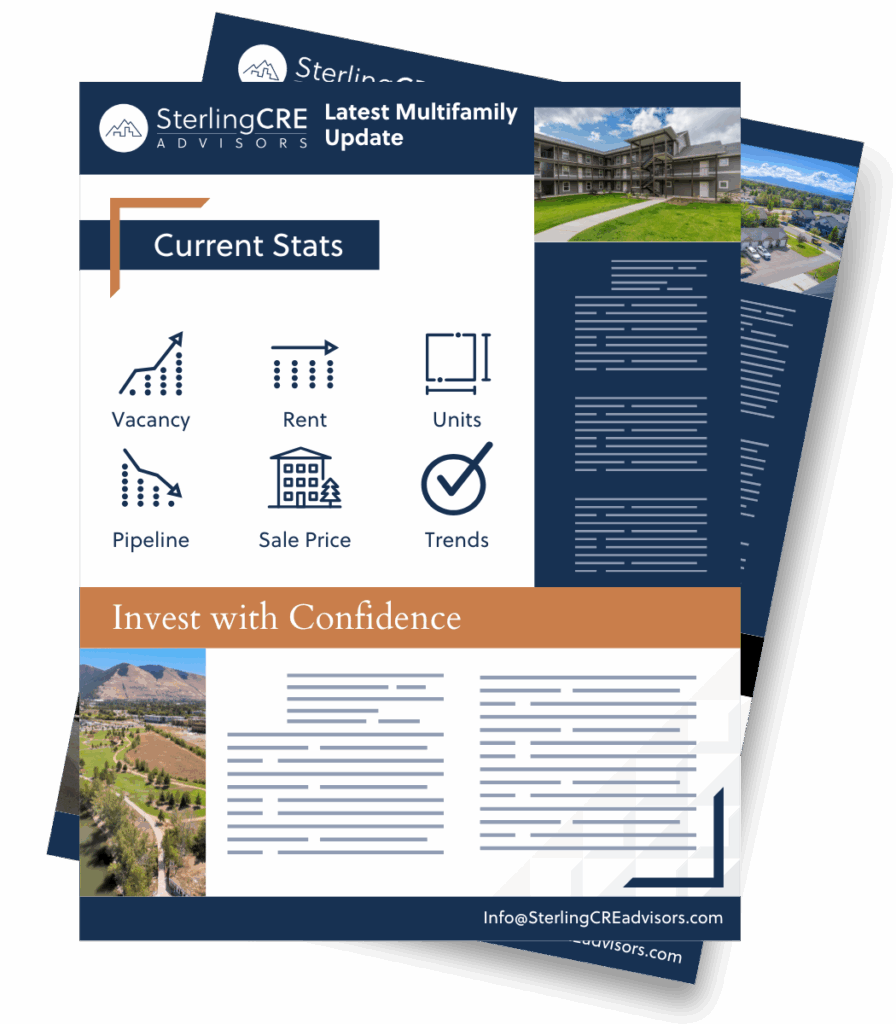Recently, the U.S. federal government—including Congress, the Senate, and the President—passed the “Big Beautiful Bill.” This bill includes important provisions for commercial real estate (CRE) investors. Within the bill are significant renewals and expansions of two powerful incentives:
- The Opportunity Zone Program has been extended and modified.
- 100% Federal Bonus Depreciation is being restored, with an added bonus for manufacturing.
These changes offer renewed advantages for CRE investors nationwide. Some of the new provisions are especially beneficial in rural states like Montana.
Opportunity Zones: Renewed Focus and Rural Expansion
What Are Opportunity Zones (click for an intro)?
Opportunity Zones (OZs) are census economically distressed tracts. They are identified based on income and poverty data. These zones aim to attract investment to underserved areas by offering tax incentives.
When an investor holds an OZ property for 10 years or more, the capital gains from that investment can be exempt from taxes. That means no capital gains tax on the appreciation. It’s a “win-win” for both investors and communities. Since the program’s start, over $100 billion has been invested nationwide.
Types of Projects Eligible
OZs support a broad range of developments, including:
- Self-storage
- Multifamily housing
- Student housing
- Office space
- Manufacturing facilities
What’s Changing in 2027? A Reset with Rural in Mind
A new chapter of the OZ program will begin in January 2027, with several notable updates:
- New Zone Designations: There will be a reset of qualifying tracts.
- Rural Emphasis: 33% of newly designated OZs in each state must be in rural or all-rural low-income tracts.
- In Montana this could open the door for significant new development.
DEFINITION NOTE: A “rural county” is defined as one where more than 50% of census blocks are rural. A “metro” is defined as an area with over 50,000 people.
- Incentives Sweetened for Rural Zones: Rural OZ projects will see triple the benefit step-ups compared to urban OZs. This makes rural towns across Montana particularly attractive for investment.
Improving Existing Structures in Rural OZs
A major benefit under the new legislation is the relaxed improvement requirement in rural OZs:
- Only 50% of the adjusted basis must be invested in improvements.
- This makes it easier and more financially viable to renovate existing buildings.
- For Montana’s small towns, this could mean new life for historic downtowns. This can help them compete in the state’s tourism-driven economy.
New Requirements for OZ Designation
To ensure these incentives target genuinely underserved areas, tracts must meet stricter eligibility:
- Median family income below 70% of the state or metro median; AND/OR
- Poverty rate of at least 20% combined with income below 125% of the median income.
This aims to align the OZ designation with communities most in need of reinvestment.
Strategic Planning for the Gap Year (2026)
Between now and 2027, there may be a “dead zone” as current OZs phase out and new ones are designated. During this period:
- Some projects may stall.
- Investors with capital gains in 2026 should speak with their tax advisors about strategic deferral into 2027 to take advantage of the new zones.
- Expect a more complex process requiring input from accounting and legal teams.
Despite short-term complexity, this reset strengthens the OZ program. It makes long-term participation more attractive—especially in non-metro areas.
100% Federal Bonus Depreciation: Extended
Another major win from the bill is the return of 100% bonus depreciation. This had been scheduled to decline to 40% in 2025.
What This Means for Investors:
- You can deduct 100% of qualifying capital improvements in the first year rather than over time.
- Applies to qualified property improvements, such as:
- Parking lots
- Interior upgrades
- HVAC systems and roofing
This immediate deduction improves cash flow. This makes rehabbing older buildings more appealing. This is particularly relevant given today’s construction cost pressures.
Manufacturing Property Incentives
Under the bill’s new “Qualified Production Property” clause:
- Real estate used in manufacturing, production, or refining may qualify for 100% bonus depreciation.
- NOT INCLUDED: Office space, R&D facilities, or lodging.
- Unclear/GRAY AREA: Standalone warehousing (like Amazon-style fulfillment centers) MAY NOT qualify unless directly tied to production.
NOTE: The primary goal of this incentive is to encourage onshoring of manufacturing in the U.S.
Montana Implications
Montana, with its abundance of rural tracts, stands to benefit from these changes:
- Small towns across the state may see new interest from investors.
- Historic renovation projects may now pencil out more attractively.
- Manufacturing and light industrial developments can take advantage of both OZ and bonus depreciation programs.
This may lead to a renewed cycle of investment in areas that have long been overlooked.
Next Steps for Investors and Developers
As always, legislation like this can be complex. While the incentives are clear, eligibility depends on specific use cases, asset types, and timing. For best results:
- Consult your tax and legal teams to model out scenarios.
- Reach out to SterlingCRE to help assess sites and structure deals in ways that align with both Opportunity Zone and depreciation incentives.
Final Thoughts
While there may be some uncertainty between now and 2027, this new legislation signals that Opportunity Zones—and strategic depreciation—are here to stay. With careful planning, these tools can unlock major value for your next project.
If you’re considering an investment in commercial real estate, as a developer or a business owner, now’s the time to start positioning for what’s ahead.
Disclaimer: The information provided herein is for general informational purposes only and does not constitute legal, financial, or tax advice. Please consult your tax advisor or financial professional regarding your specific situation.

